17 thoughts on The French Connection (1971)
This is an in-depth post about The French Connection, to go along with this post where I ranked it as one of my favorite movies of 1971.
You can stream it on Amazon Prime (it left but will likely come back) or these sites. (The streaming version is censored — see points 5 and 6 below.)
SPOILER ALERT: This post talks about the plot of The French Connection including the ending.
If you copy and paste anything from this original post by me, please credit me AND link to this post. Copyright © 2025 by John Althouse Cohen. All rights reserved.
(1) This iconic cops and drug dealers movie didn’t just sweep the Oscars, winning awards for best picture, actor (Gene Hackman), director (William Friedkin), adapted screenplay, and editing. The French Connection changed cinema. Crime movies of the ’50s and ’60s looked nothing like this. Think of a Hitchcock movie, where every shot is framed with beautiful precision, and the camera dramatically zooms in on the key object at just the right time. The feel of The French Connection is the opposite of that. It’s a raw slice of life, not, as Hitchcock described his movies, “a slice of cake.”
(2) When making The French Connection, director Friedkin allowed the actors to move freely with no “blocking,” and he gave no instructions to the camera people, who must’ve felt as frantic as the characters, needing to make split-second decisions in how to move their hand-held cameras to follow the actors. That unplanned approach made The French Connection — based on an actual police investigation of a drug ring in New York City — feel more like a documentary than audiences had ever seen in a crime movie. (See this video starting at 11:42.)
(3) We first see our antihero, Jimmy “Popeye” Doyle (Gene Hackman), dressed as Santa Claus while black children are looking up at him, beaming. Popeye as Santa asks them if they’ve been “good,” so he’s a God-like figure with a long white beard, presenting himself as an overseer of morality. We’ll soon find out he’s really an undercover cop, and many people look up to police as forces for good (see point 12 below), but The French Connection will complicate that assumption.
Popeye suddenly flees the Santa gig to chase down a black man who’s running out of a bar after seeing other black men in the bar being pushed around by Popeye’s partner, Russo (Roy Scheider). During this chase there’s a telling detail: Popeye’s Santa hat falls off. In rushing to his vision of justice, the God figure loses his halo.
(4) In the first couple days of filming, Gene Hackman struggled with the part of that scene where he catches up to the black man and gets rough with him, yelling in his face. He went up to the director, Friedkin, and admitted he wasn’t sure he was the right actor for the part — an extraordinary moment of humility for an actor, questioning the role that ended up landing him his first Oscar. Hackman overcame one of the greatest challenges for an actor: playing a character he finds repellent while convincing us he is that person. (In his Oscar acceptance speech, Hackman seemed on the verge of tears when he thanked Friedkin “because he really brought me through this when I wanted to quit.”)
(5) Hackman also hated needing to say a racial slur in the next scene when he and Russo are chatting about the man. That scene has been censored in streaming, so I recommend watching the uncensored version on blu-ray (the blu-ray also has fascinating extras that let us hear from Hackman and Friedkin, which I’ve used in making this post). By sanitizing this landmark movie, censors have removed the connection between police racism and police brutality. It would be one thing to put a warning about offensive language before the movie, but taking an eraser to a classic movie does nothing to address the racism it depicted. And if they’re going to take it out, they should at least warn that it’s an incomplete version, but I don’t believe any streaming sites are doing that. (Dr. Josh Matthews, a film professor, has a whole video on this — he notes that the graphic scenes of police violence against black people haven’t been censored.)
(6) In the censored scene, Popeye tells Russo never to trust a black person (but he uses a slur). Russo challenges the racism by pointing out that the suspect “could’ve been white.” Popeye responds by dryly modifying his statement: “Never trust anybody.” Instead of taking his partner’s cue and admitting they should treat people as individuals, Popeye only makes his cynicism universal.
(7) Popeye’s inner world is as cold as the historically cold New York City winter that was happening when they shot this movie 100% on location — they didn’t use a single set. Another way they were dedicated to realism: Hackman and Friedkin tagged along with two real-life cops the movie was based on and even helped them frisk people. Meanwhile, the cop who inspired Hackman’s character, Eddie Egan (pictured below), was a cast member doubling as an advisor — he watched all of Hackman’s scenes and corrected him if he did anything differently than Egan would have.
(8) Moments that seem like the kind of implausible things that “only happen in movies” were exactly what happened in real life, according to director Friedkin, such as when Popeye starts focusing on some of the drug dealers based on sheer intuition when seeing them spending a lot of money in a classy nightclub. This moment is heightened by eerie, high-pitched music as if to suggest he has psychic powers, which feels out of place in this gritty movie. (See this video at 10:30.) Then Popeye and Russo stay out all night following those people, even though the cops weren’t assigned to do it and weren’t on duty.
(9) They went to unbelievable lengths to achieve realism on a low budget:
(a) When you see Hackman getting out of his car and walking into a traffic jam, that was a real traffic jam in NYC — which Friedkin caused on purpose, without a permit! It affected people in real life, who yelled at them and called the police.
(b) Hackman’s cat-and-mouse game with a drug kingpin was done on a real NYC subway train with unsuspecting passengers because Friedkin, again, didn’t have a permit to use the train. Video of that scene:
(c) In the famous chase scene, when you see a car slamming into Hackman’s car, that was a real, unplanned, high-speed accident that really involved Hackman, not a stunt driver! Video of the chase scene:
(10) It’s an unusual chase scene because it isn’t a “car chase” — cars aren’t chasing each other. Popeye steals a stranger’s car to chase a subway train that’s been hijacked by the sniper who just tried to kill him. It’s a vivid display of Popeye’s audacious ingenuity and rogue, go-it-alone attitude. The chase is a microcosm of Popeye’s existence: obsessively driven, stopping at nothing, and indifferent to the destruction he leaves behind. (See point 17 below.)
(11) The first thing we see in the movie is a cathedral on a hill in France, and the last thing we see (before the epilogue) is a grimy, abandoned warehouse in New York City. (That observation is from Dr. Josh Matthews.) The movie presents anywhere outside New York as beautiful: France … Washington, DC … while New York is a wasteland. NYC isn’t just a character in this movie — it’s an antagonist, eating away at people’s humanity.
(12) The world of The French Connection is an overwhelmingly male world, with women relegated to the background as either passive victims or sex objects. There are virtually no romantic connections in The French Connection and only fleeting sexuality, often with Popeye gawking at women’s legs and thigh-high boots. While people look up to him as a cop (see point 3 above), he looks downward at women. He keeps his gun by his ankle so women won’t feel it if their legs touch. This fixation on legs takes the place of any face-to-face, intimate romance.
Russo walks in on Popeye the morning after a one-night stand, accidentally scares away the nude woman in his apartment, and sees that she used Popeye’s own handcuffs to cuff his feet to his bed — more focus on lower body parts. When the other cop starts briefing Popeye on their drug investigation, Popeye seems unfazed at turning his attention away from his sex partner and toward his police partner. You sense that he gets less excitement from any personal relationship than from hunting down suspects — spying on them and waiting for the right time to pounce, even if it takes him many hours of boredom to get there. (When Popeye first convinces Russo to spy on the suspects he spots at the nightclub even though the cops are off the clock — see point 8 above — Popeye unironically tells him: “Come on, it’ll be fun!”)
(13) No one seems truly at peace in The French Connection; there’s an underlying dread to anything that might seem like happiness. The movie prepares us for that from the beginning with a harshly dissonant soundtrack by the jazz musician Don Ellis. The music in this “neo-noir” is industrial and messy, nothing like the gorgeous soundtracks of Hollywood’s classic noirs from the ’40s and ’50s. Those noirs had a subtle irony in the way they elevated the crime world and gave it a luminous sheen (take Out of the Past, my favorite movie of 1947). The world of The French Connection is the opposite: it’s lowly and dingy.
(14) Whenever we do see luxury, it’s there for the criminals to enjoy while they can. Message: crime does pay … at least for now. Two of them share a decadent, leisurely lunch with an array of liqueurs in a French restaurant while Popeye spies on them across the street, chomping on a slice of pizza and pouring out a cup of coffee that’s gone cold. That scene has been interpreted as being about class conflict: Popeye must resent the criminals for how they get to enjoy life in a way he can’t as a working-class cop. But it’s not clear Popeye would enjoy that life if he could get it.
(15) While the criminals take their time to savor life’s pleasures, Popeye is always rushing, and it’s hard to imagine him savoring anything. Think of how kingpin Charnier (Fernando Rey) glides away on a subway while calmly and coyly waving goodbye to Popeye, who’s futilely chasing after him on the subway platform.
This contrast of moods, with the police more frustrated than the criminals they’re pursuing, is the opposite of a traditional noir that focuses on criminals who feel increasingly trapped and panicked while we’re waiting for cops to confidently show up and predictably arrest or kill the bad guys. It’s as if the criminals in The French Connection are untouchable beings on a higher plane — notice that in the chase scene, the highjacked subway is above Popeye’s car.
(16) The scene of Popeye pouring out his coffee brings to mind a story about how Gene Hackman finally “found” that character after struggling for the first few days: he took a cup of coffee and a donut from a catering tray on the set, dunked the donut in the coffee, and took one bite of it before throwing the donut away and just drinking the coffee. The director, Friedkin, went up to Hackman and said: “That’s him!” So Hackman’s attitude when he threw the donut away somehow got at the essence of his character. Hackman said from that moment on, he understood how to play Popeye. (Source: Francis Ford Coppola and Hackman in this video.)
I take it Friedkin meant that Popeye is hungry for something without knowing what it is, and he’ll casually discard anything that isn’t working for him. He’s obsessed with chasing his goal (remember the chase scene), but he’s perpetually unsatisfied. Early on in The French Connection, he’s eating a donut outside when he tries to hit on a woman by asking her about her boots, but when she walks away, he throws his donut over his shoulder just as Hackman did in real life — so the movie creates a link between unfulfilling food and an unfulfilling sex life (see point 12 above).
(17) The ending in the warehouse is a fitting culmination to this movie: dark, brutal, and incomplete. When he accidentally shoots and kills a federal agent, Popeye shows no emotion. No time for human feelings when he’s still on the hunt. (See point 10 above.) He proceeds to another area of the warehouse and walks off camera, when we hear a gunshot. Then … fade to black. We don’t know who shot whom. We have to wait till the end of the epilogue to find out if Popeye lived. By leaving his fate open-ended for a while, the movie seems to be telling us it hardly matters if Popeye survives that scene, for he’s practically a ghost already.
This post is in memory of Gene Hackman (1930 - 2025).
“There has never been a ‘Gene Hackman type.’ There has only been Gene Hackman.” — Tom Hanks
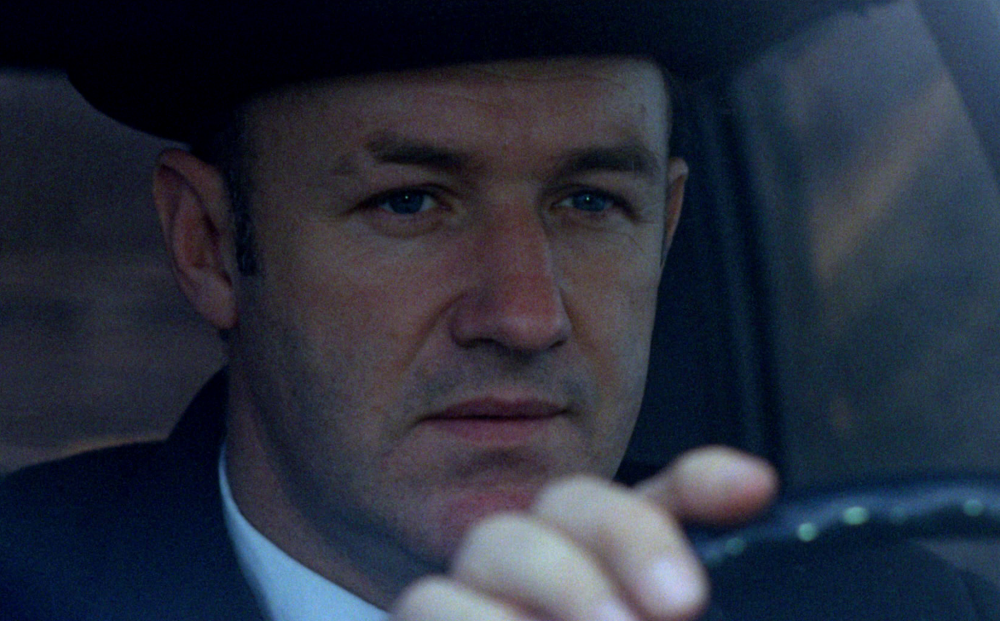

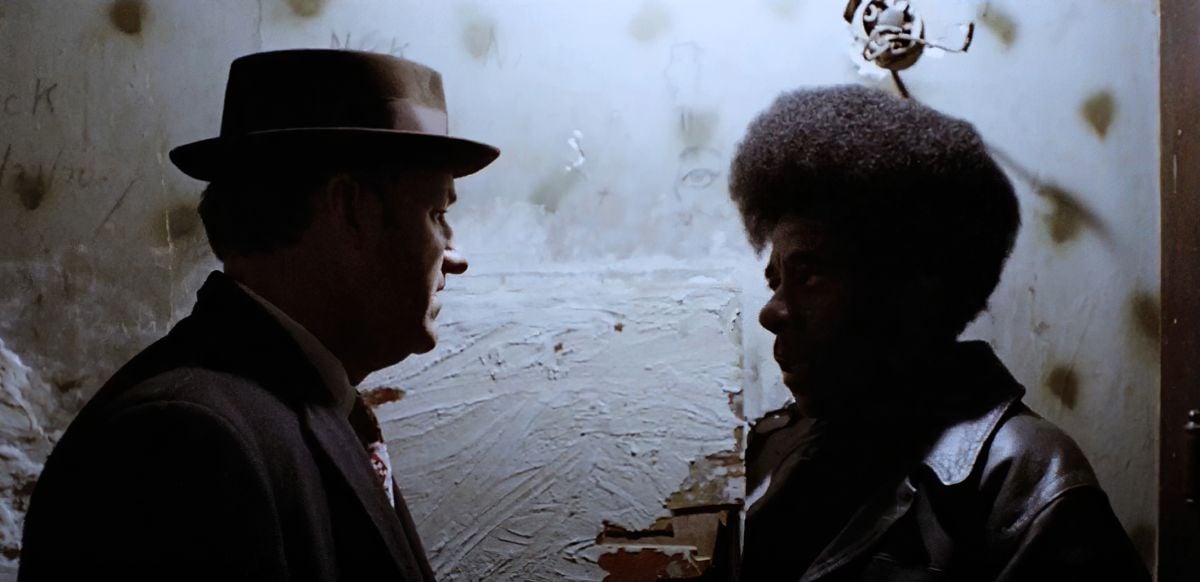

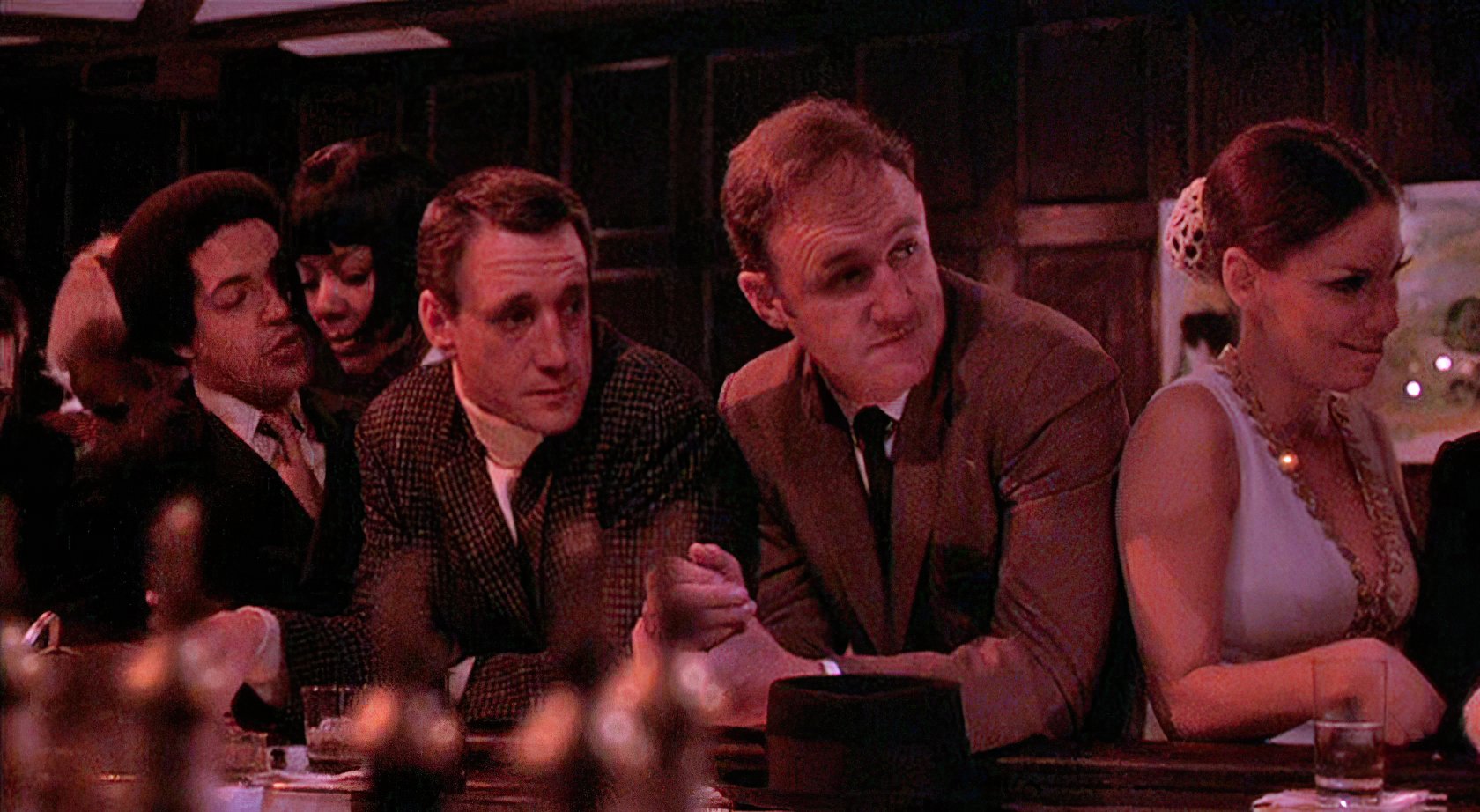
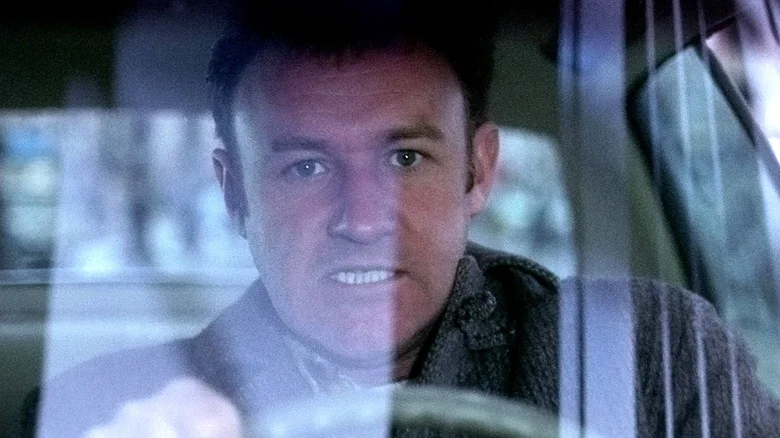
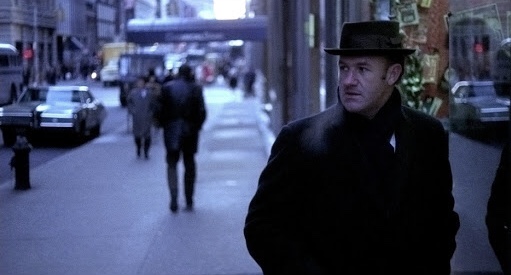

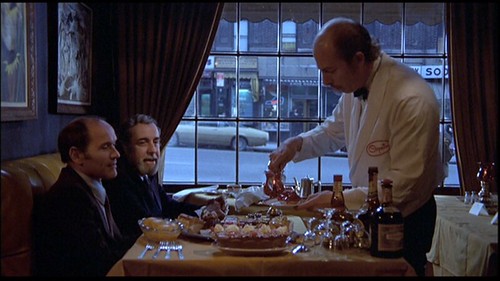


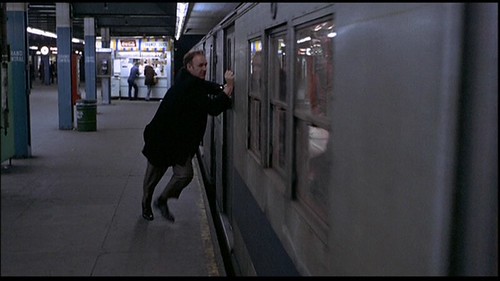
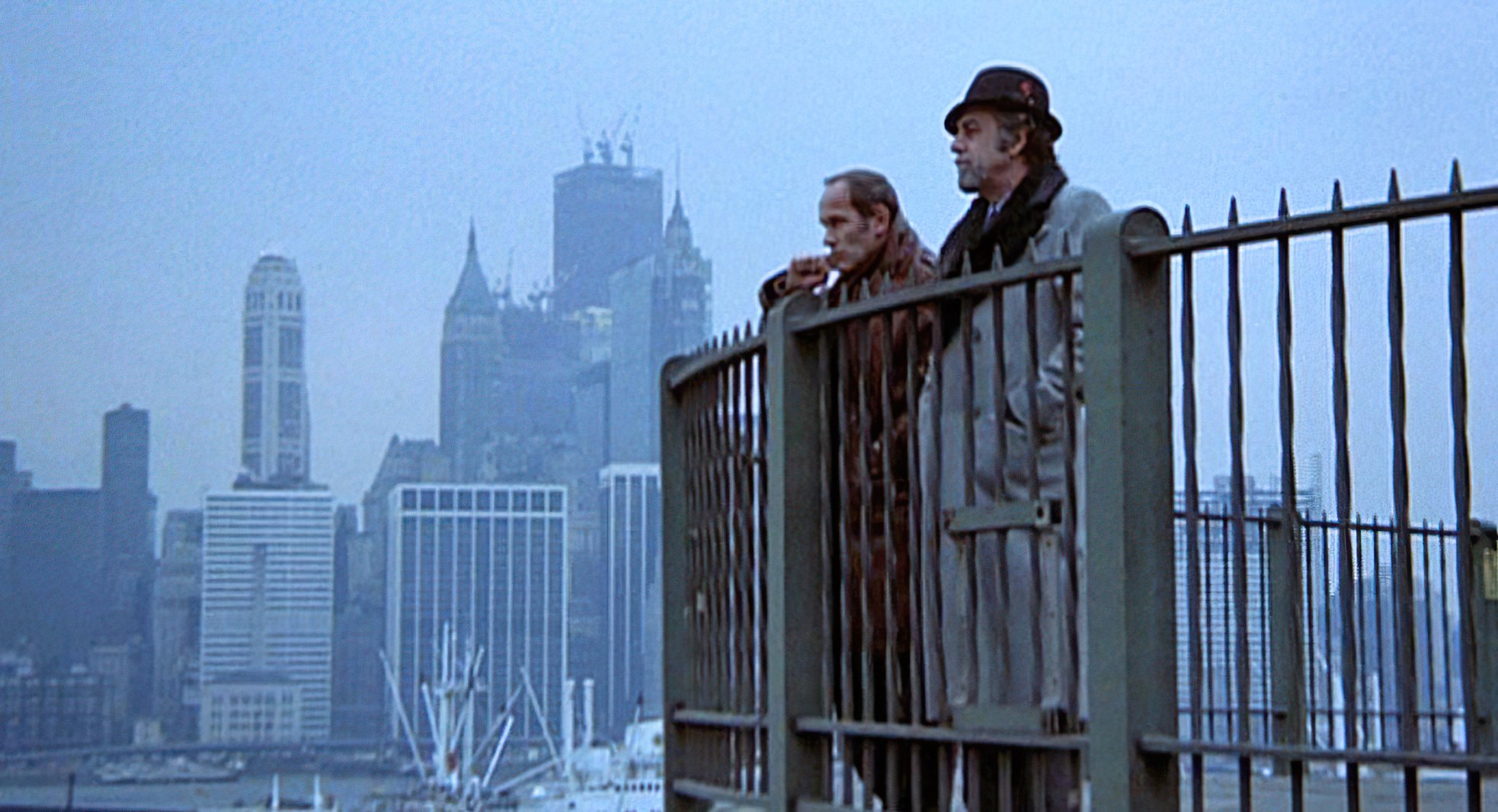
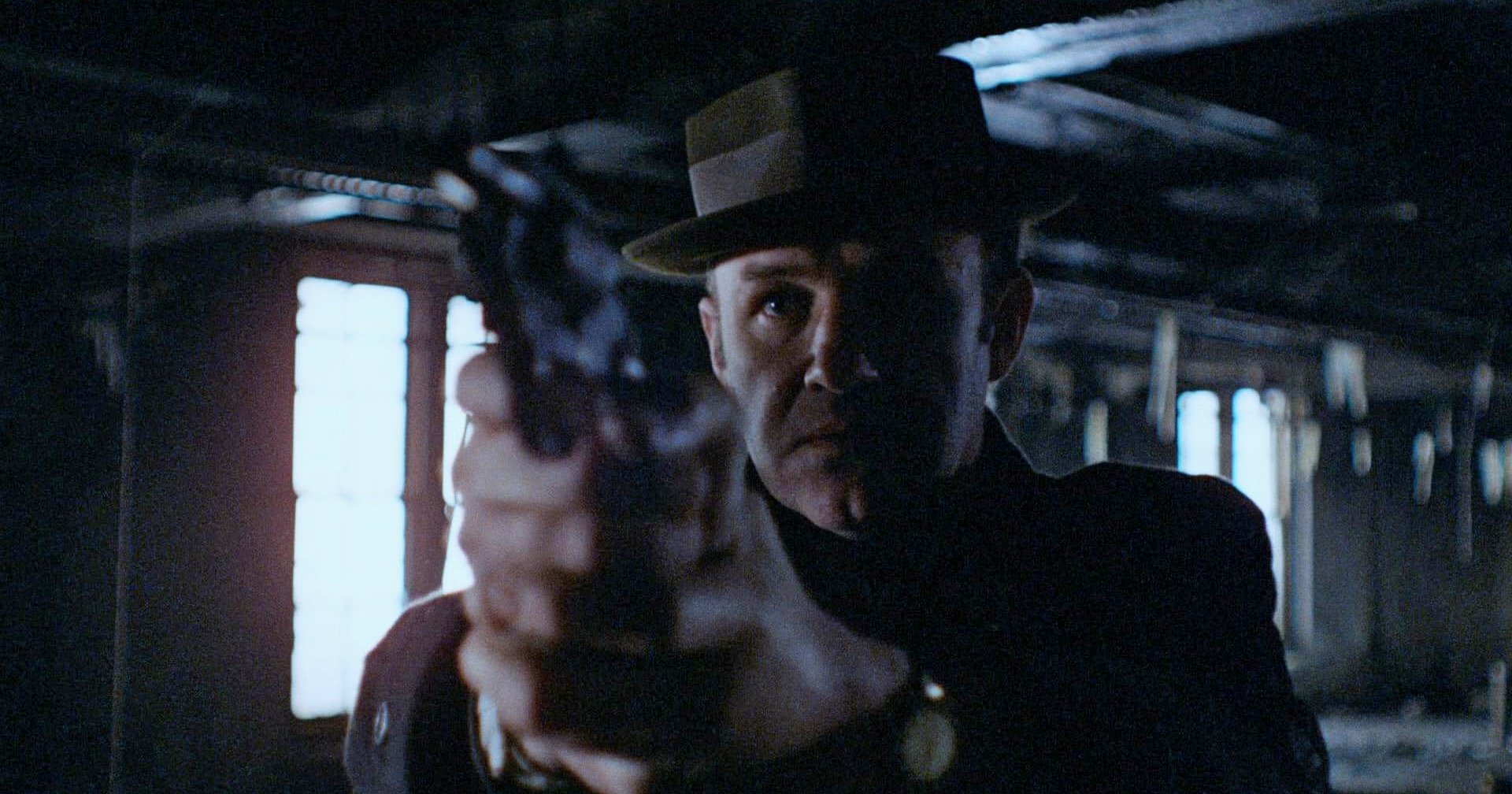

Comments
Post a Comment
Thanks for submitting a comment on my movie blog! 🎬 Your comment won’t show up here right away. 😐 To make sure your comment gets seen, I recommend sharing this post on social media and saying whatever you feel like! 🤓